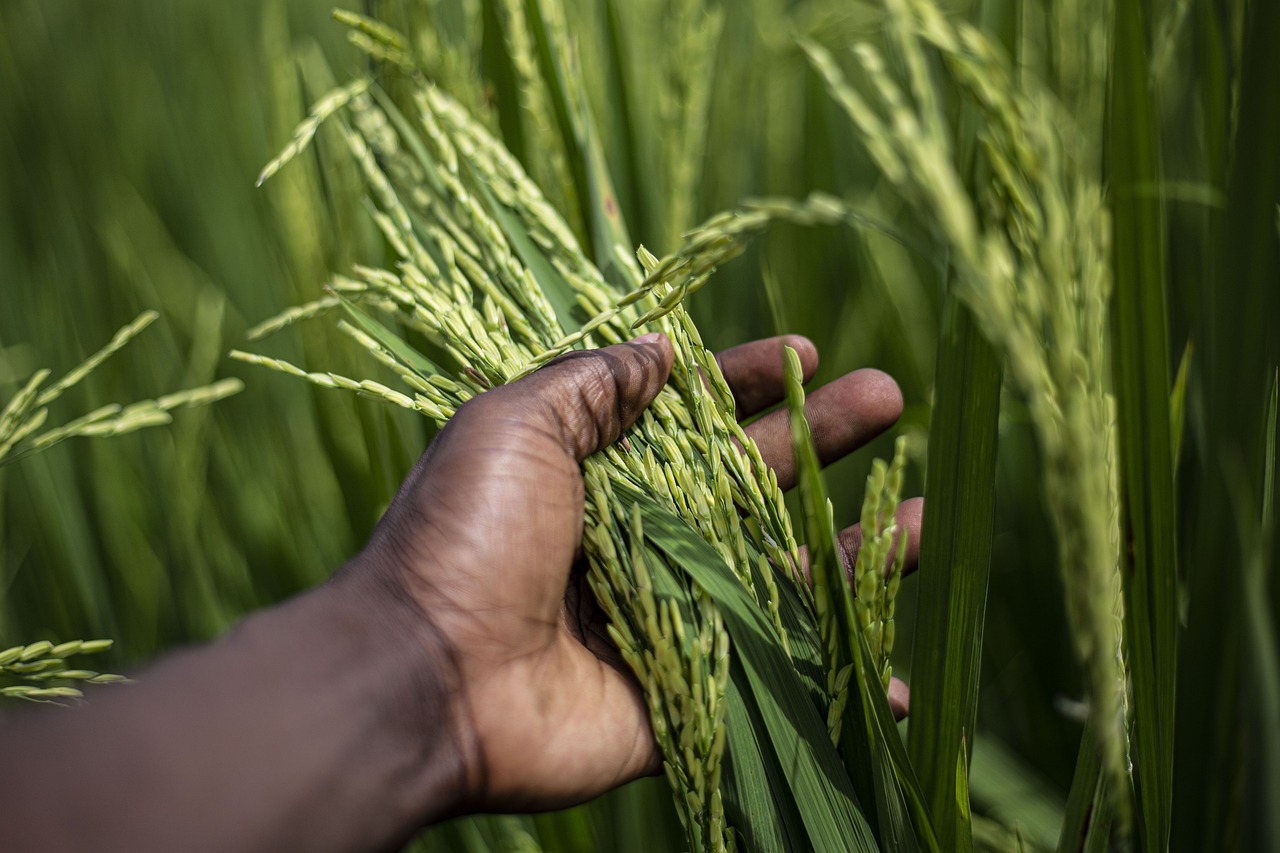Land & Soil Preps
Land Preparation
Rice cropping requires adequate land preparation. Optional operations include land clearing, weeding, pre-irrigation, plowing and harrowing, and leveling.The main objective of land preparation is to create a favorable environment for the rice plants to germinate and grow. Adequate land preparation will help to:
-
improve soil structure (better ventilation, permeability, and loosening of the root zone) to make root penetration easier.
-
improve field topography in order to facilitate irrigation and drainage
-
distribute weds and crop residues evenly over the field and incorporate them into the soil
-
obtain good recovery of fertilizer nutrients
-
control weeds.
The operations
Land preparation may include several operations, which are only options. For instance, in undeveloped inland valleys, the option often chosen is ‘zero-tillage’: the field is cleared and flooded for one to two months before transplanting without plowing or leveling.
Clearing and weeding the field
Clearing and weeding involves cutting the weeds and stacking them on the bunds, or spreading them out over the field.
Pre-irrigation
Pre-irrigating involves flooding the field for 2 to 3 days before the first plowing to moisten the soil and facilitate plowing.
First plowing
Plowing may be done by hand with a traditional hoe, by tractor or with an animal-drawn plow. Some guidelines:
-
Depth of plowing should be about 10–15 cm. Superficial plowing will not favor plant development, while plowing too deeply may bury nutrients beyond the reach of rice roots.
-
First plowing should ideally be done a few weeks before sowing to allow enough time for the weed and crop residues to decompose.
Flooding
After plowing, the field is flooded for about 2 to 3 weeks to kill insects and weeds. Some weed grains may germinate but these will be destroyed at the time of the second plowing. In phosphorus-deficient soils, it is advisable to apply a fertilizer containing phosphorus (see Reference 15) just before the second plowing. Applying compost or any other source of organic matter may also help fill nutrient deficiencies (see Reference 15).
Leveling
Leveling facilitates water management and weed control. Leveling is usually done in two phases:
-
A first rough leveling to lower the higher parts of the field, from which soil will be spread out over the lower areas.
-
A second more precise leveling after plowing and flooding.
Rakes are usually enough, as the higher parts and lumps move towards the flooded areas thanks to the water level.


Leave a comment
Comments (0)
No comments yet. Be the first to comment!